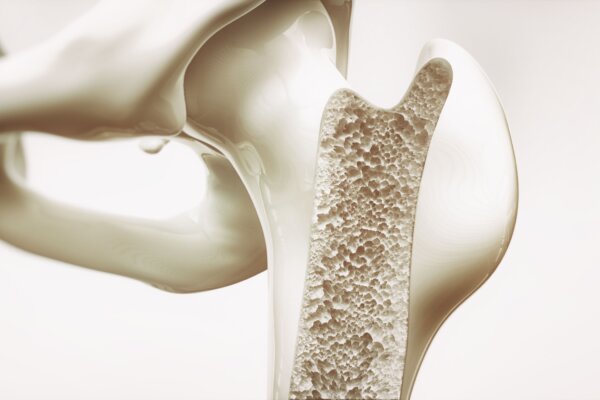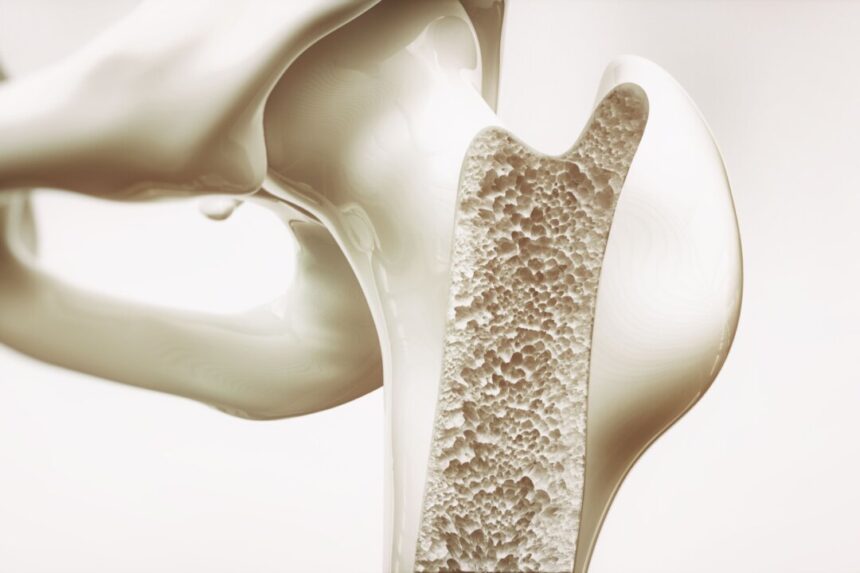
A new hormone called CCN3 has been identified by researchers, showing significant potential for strengthening bones. This discovery, made during a study on breastfeeding women and their bone density maintenance, has the potential to revolutionize the treatment of osteoporosis and bone fractures.
Published in Nature, a new study reveals that CCN3 promotes bone formation and repair in both male and female mice, offering hope for those suffering from bone-related conditions.
About the Study
Collaborating researchers from the University of California (UC) San Francisco (UCSF) and UC Davis solved a medical mystery regarding how breastfeeding women maintain strong bones despite calcium loss during lactation. The discovery of CCN3 as a bone-strengthening hormone sheds light on this phenomenon.
Previous research published in Nature found that blocking a specific estrogen receptor in certain brain neurons of female mice led to increased bone mass. Further investigation identified CCN3 as the hormone responsible for bone-building in these mice.
Referred to as the “lactation-induced brain hormone,” CCN3 plays a crucial role in maintaining bone strength during lactation.
The researchers found that higher levels of CCN3 in mice resulted in improved bone mass and strength, even in older mice and those lacking estrogen. Tests showed that mice with elevated CCN3 levels had stronger bones due to the hormone’s stimulation of skeletal stem cell activity.
Dr. Sundeep Khosla, a Mayo Clinic physician, emphasized the significance of CCN3 in bone health, stating that identifying a new pathway to regulate bone from the brain is scientifically intriguing.
Impact on Osteoporosis
Osteoporosis, characterized by weakened bones and an increased fracture risk, is a major global health concern. Millions of people worldwide suffer from osteoporosis-related fractures annually, with significant economic costs.
Dr. Khosla highlighted the potential of CCN3 in addressing osteoporosis, emphasizing its scientific promise and economic implications. New treatments derived from CCN3 could offer more effective and cost-efficient solutions for osteoporosis patients.
Potential Benefits and Future Applications
The discovery of CCN3’s role in bone health extends beyond lactation, showing promise for accelerating fracture repair and treating osteoporosis. Researchers have developed a hydrogel patch that releases CCN3 at fracture sites, leading to faster and stronger healing in elderly mice.
While the study focused on mice, the potential applications of CCN3 in human health are promising. Clinical trials are needed to test its effectiveness in humans and explore its use in bone health treatments.
Dr. Babey and Dr. Khosla both emphasized the need for new approaches to build bone density and reverse osteoporosis. CCN3 offers hope for sustained and robust effects in stimulating bone formation, potentially benefiting a wide range of individuals, including post-menopausal women, breast cancer survivors, elite female athletes, and older men.
With clinical trials on the horizon, CCN3 holds promise for revolutionizing bone health treatment and improving the quality of life for millions globally.





